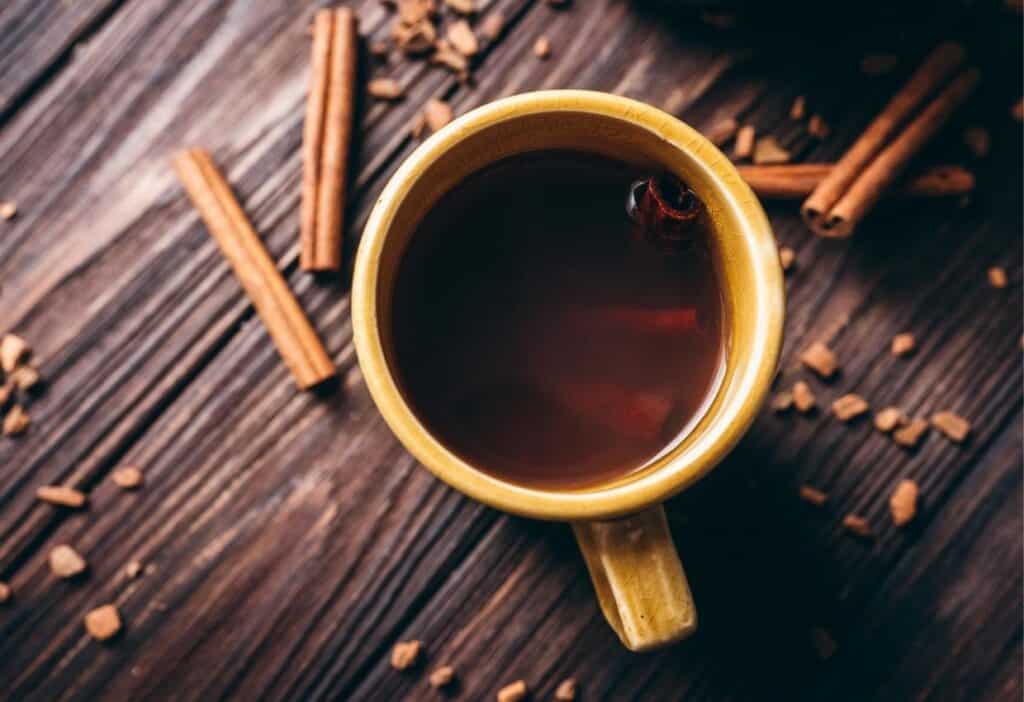A steaming cup of tea is a comforting treat on a chilly winter day. On Jan. 12, National Hot Tea Day celebrates the history, variety and benefits of tea. Whether you are a tea connoisseur or simply enjoy the occasional cup, infuse some warmth into your routine with your favorite teas.

Made by steeping aromatics in hot water, tea is one of the most beloved drinks around the world. People across cultures have drunk tea for centuries. From the flavor to the health benefits to the delightful feeling of holding a warm mug, there is much to celebrate on National Hot Tea Day. Here are some of the reasons tea has become so popular and how you can embrace this historic drink.
The universal appeal of tea
Tea has a place in many cultures. It originated in China and eventually spread to the rest of the world, traveling along trade routes until most countries were able to bring their own unique twist to tea. Spicy masala chai in India, floral Earl Grey in Britain or earthy matcha built on tea to create delicious flavor profiles. The drink is so versatile that there is a flavor everyone will appreciate.
In many places, drinking tea has also become a tradition. Japanese tea ceremonies or afternoon tea in England reflect the social community around tea and are an opportunity to come together over food and drink.
But tea is adaptable to almost any situation. It’s a relaxing drink on a quiet morning, a pick-me-up when you’re sick or an evening nightcap to help put you to sleep. This National Hot Tea Day is the perfect time to explore teas for every occasion.
Exploring tea varieties
When exploring the world of tea, you can choose from many types of tea. Black tea, green tea, oolong tea, herbal tea and others bring unique tastes. Except for herbal tea, all of these tea types come from a single plant called Camellia sinensis. The processing, oxidation and fermentation of the plant determines the flavor — and the type — of tea.
Popular tea flavors
Black tea, one of the most popular styles, is bold and robust. It is fully oxidized, giving it a dark color and rich flavor. It also has the most caffeine of all tea varieties. On the other hand, green tea is minimally oxidized. This gives it a lighter, grassy flavor and preserves its natural antioxidants.
Oolong tea is oxidized halfway between green and black tea and can taste anywhere from fruity to nutty to buttery. White tea is the least processed variety for a delicate, subtly sweet flavor. In contrast, pu-erh tea is fermented and often aged like wine, giving it an earthy taste.
Herbal teas and tisanes
Chamomile, rooibos, peppermint and other flavors are also popular, but they are not actually teas. Rather, the technical name is tisane. They are made by infusing plants other than the Camellia sinensis, bringing various tastes and health benefits to the tea world. They are also naturally free of caffeine.
According to Healthline, tisanes made with chamomile, lavender or valerian root can promote relaxation and sleep. Fruit teas can be revitalizing, while cinnamon tea may reduce inflammation and have antibacterial properties.
Creative ways to celebrate tea
National Hot Tea Day is the perfect time to go beyond your typical cup of tea. Try new blends, learn more about your favorite teas or try out these other ideas to celebrate.
If you do want to try different teas, gather some friends for a tea-tasting party. This is a great excuse to invest in some more exotic flavors or pricier teas. Pair each blend with snacks for a delightful tea party.
You can also enjoy new teas by yourself. Learn how to brew an authentic matcha or masala chai and celebrate with a cup. For herbal teas, try blue lotus tea, infused from a flower used in ancient Egyptian times for its medicinal properties.
You could also explore making your own tea blends, mixing in different flavorings to your favorite black, green or oolong tea. Save your favorites or give them as special gifts to friends and family.
Pairing ideas for your favorite teas
Like many beverages, teas pair well with a variety of foods. The tannins and other flavors in tea can complement and enhance the taste of what you’re eating. While pairings like tea and scones are classic, they’re only the beginning.
If you enjoy black tea, pair its robustness with other intense flavors. It goes well with savory dishes like salmon or sweet treats like dark chocolate. Meanwhile, green tea pairs well with lighter foods like salads, vegetables or even sushi.
When drinking white tea, pair it with the most delicate of flavors. It works with tea party favorites like cucumber sandwiches and shortbread cookies. The earthy flavors of pu-erh go nicely with sharp cheeses, mushrooms and chocolate.
The variety of flavors available in herbal teas means you can serve them alongside almost any dish. Pair fruity tisanes with desserts that have a similar flavor profile. Chamomile or calendula tea enjoy a bit of added sweetness from pastries drizzled with honey, like baklava. All of these teas also go well with fresh fruits and vegetables.
Create a tea ritual this winter
National Hot Tea Day is more than a celebration of the drink. It’s also an occasion to celebrate the comfort, culture and community surrounding tea. From warming up with a cup of your favorite brew to exploring new types of teas, embrace hot tea all winter long.
Kristen Wood is a photographer, recipe developer, writer and creator of Schisandra and Bergamot, a botanical blog. She is also the author of “Vegetarian Family Cookbook,” “Fermented Hot Sauce Cookbook” and “Hot Sauce Cookbook for Beginners.” Her work has been featured in various online and print publications, including Healthline, Martha Stewart, Yoga Journal, Willow and Sage Magazine, Chicago Sun-Times, NBC and more.